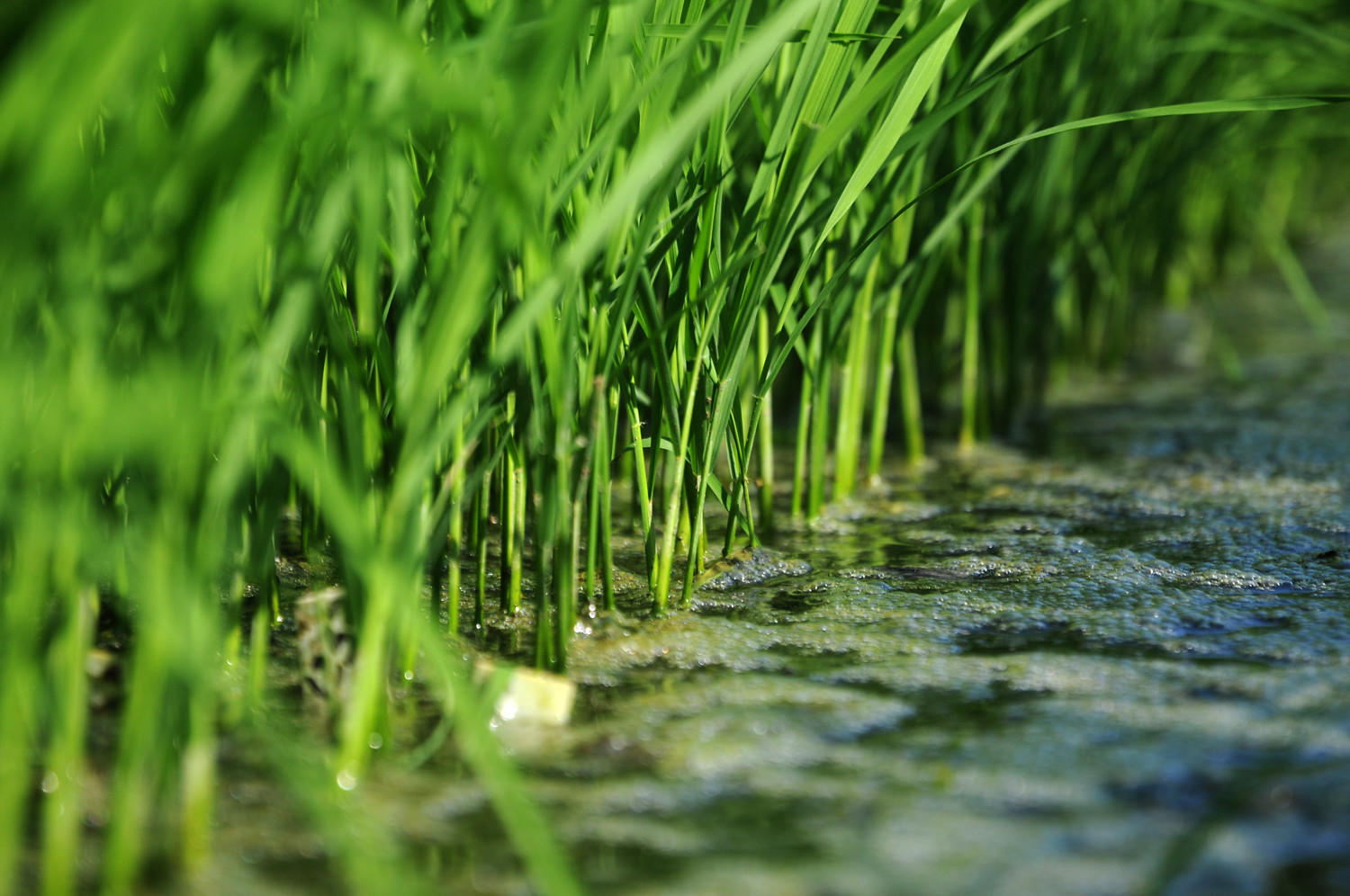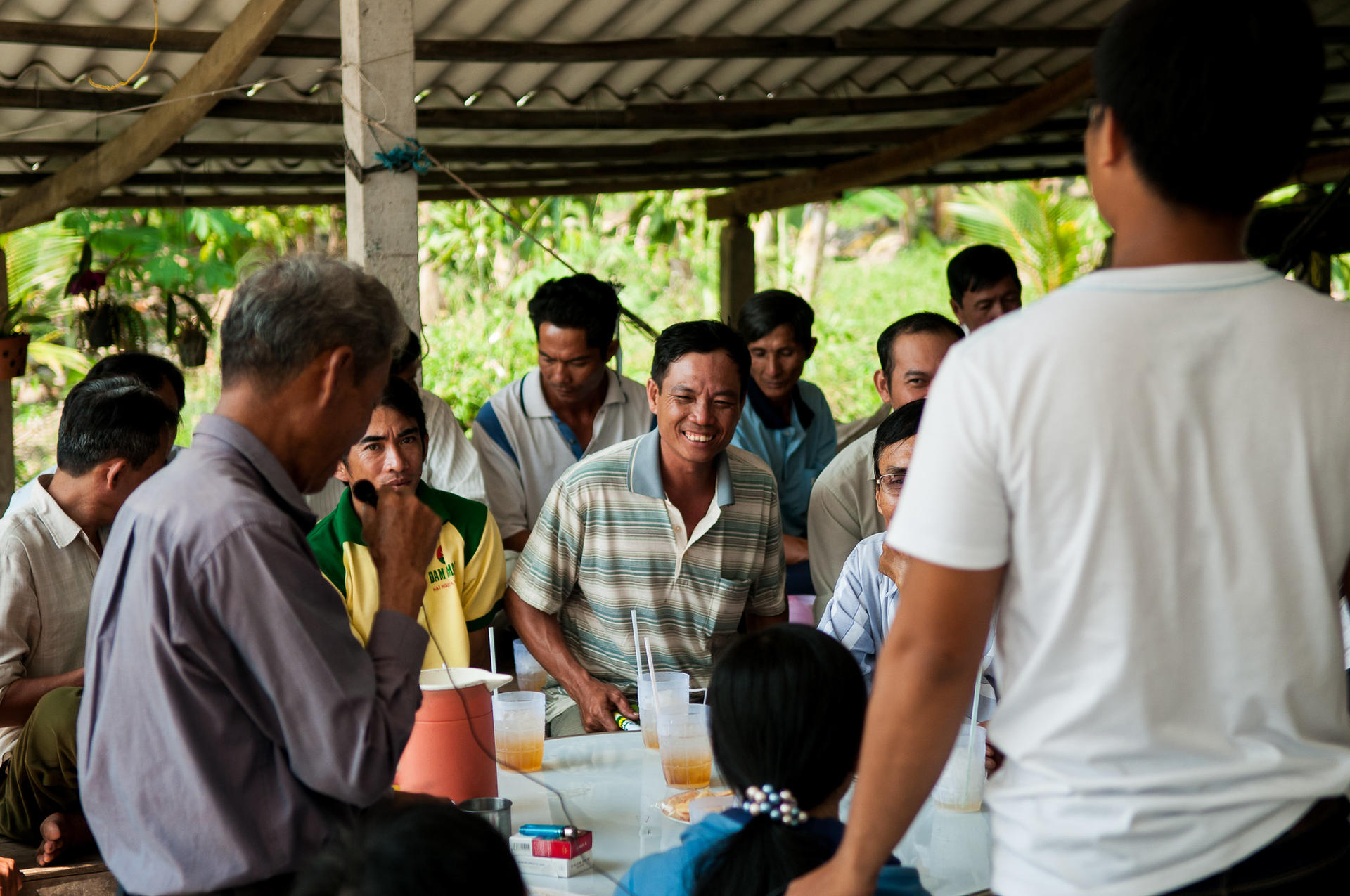Importance of rice crop research

By 2035, an additional 116 million tons of rice will be needed to feed the planet’s growing population. What can we do to secure availability in a changing climate and rising population? Explore below and learn why our research is important.
Rice is one of the staple foods of half of the world's population. Worldwide, more than 3.5 billion people depend on rice for more than 20% of their daily calories. Rice consumption is growing faster than any other commodity in Africa because the growing urban population considers it a convenience food.
In Latin America and the Caribbean, rice is one of the most important and rapidly growing staple foods. The average per capita consumption in Latin America and the Caribbean (LAC) is approximately 45 kg and represents between 12 and 74% of the population's calories. In LAC, rice consumption is concentrated in tropical countries. Annual per capita consumption increased from about 9 kg of husked rice in 1924-1928 to about 30 kg in 2008-2010 and has reached 70 kg per year in Panama and the Caribbean.
In the last 20 years, in several Latin American countries, rice productivity has tripled, making the continent a clear example of sustainable intensification of this crop. In addition, in LAC there is a big diversity of conditions for rice cultivation, from its geography and communities to its socioeconomic conditions. Rice is grown mainly as a direct-seeded crop under diverse agroclimatic or soil conditions and production systems (upland, irrigated, temperate irrigated and rainfed).
The Rice Program of the Alliance of Bioversity International and CIAT, is a global initiative that focuses on improving the social, economic, and environmental sustainability of rice cultivation worldwide. The program addresses challenges related to food security, poverty reduction, climate change, and biodiversity conservation.
Its purpose is to ensure the caloric intake of rural and urban communities around the world, with a healthier, more abundant, and nutritious rice with sustainable and climate-friendly practices. It also aims to provide decent jobs and economic growth by strengthening the rice value chain in Latin America.

The CLUES project working with farmers to develop drought, salient and submergence tolerant rice varieties in Vietnam.
The program takes a holistic approach by addressing all aspects of the rice life cycle, from production to consumption. This includes the development of new varieties, considering the main diseases of the crop, the environmental constraints and demands it may face, and the quality parameters demanded by consumers and the industry.
Our research focuses on the development of rice varieties that have the potential to reduce poverty, malnutrition and promote gender equality under different rice production systems. We have more than 35 research and development partners from both the public and private sectors in at least 30 countries. The Rice Program is made up of 37 collaborators, with different work teams in the fields of physiology, phytopathology, genetics, gene editing, phenotyping, economics, and plant breeding, with a focus on field work, laboratory, technology development and a policy of continuous improvement through innovation.
As a result of this approach, the program has developed rice germplasm adapted to no-tillage, with disease resistance and better adapted to climate change. All those involved have also worked on sustainable intensification and gap narrowing through the use of rice hybrids.
It is important to emphasize that teamwork and collaboration in different areas of knowledge are fundamental for the development of effective and sustainable agricultural technologies. The Rice Program's focus on different areas of work and continuous breeding through innovation is an excellent strategy to achieve the development of rice varieties that are disease resistant, better adapted, and able to mitigate the effects of climate change.
It’s flood season in the lower Mekong Delta. Yet while the 17 million farmers living on the Delta in Vietnam’s southern-most tip - where 60 percent of the country’s rice is produced - are no stranger to flooding, climate change is throwing a curve ball.
